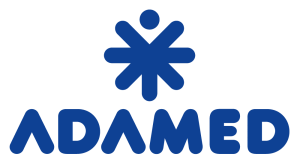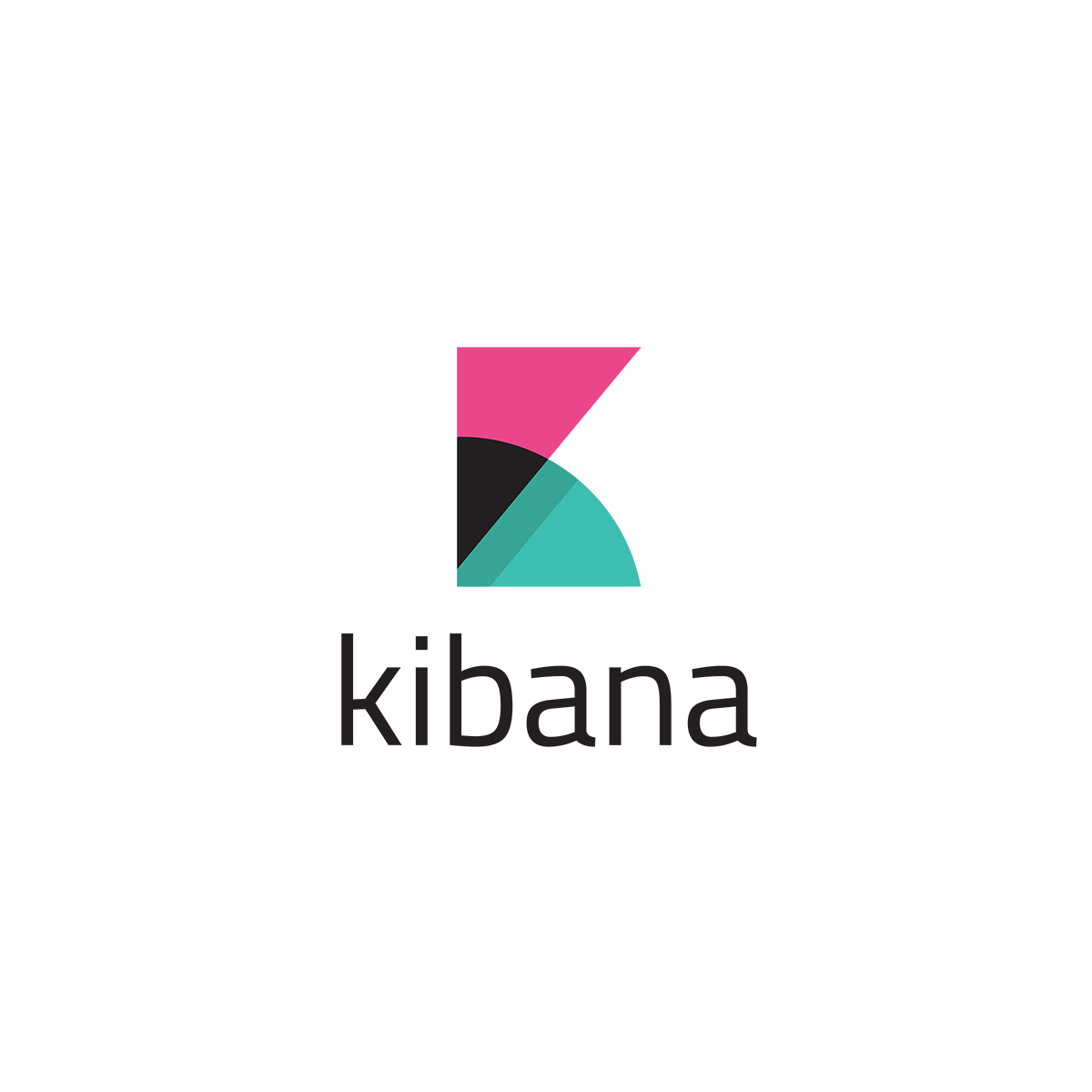

Solution:
System Integration
Industry:
Healthcare
A New Integration Architecture for a Large Pharmaceutical Company

The Challenge
Adamed Pharma is a Polish family-run pharmaceutical and biotechnology company that makes more than 500 products offered to patients in over 70 countries around the world. It employs over 2,700 employees. For 20 years now, the company has been engaged in its own innovative R&D, spending PLN 2.1 billion on this activity since 2001. Adamed has a scientific partnership with leading universities, medical experts and research institutes in Poland and abroad. The company's intellectual property is protected by over 200 patents worldwide.
Our cooperation involved building an architecture based on an integration platform that would be both efficient and scalable, and would allow new applications and IT systems to be added smoothly.
- Adamed asked us to prepare a concept for the revamping of its IT architecture, which would accommodate the multitude of its internal systems including ERP, WMS, LIMS or MES.
- Other important factors were high level of process complexity, ambitious vision of new implementation projects, as well as the specific needs of the pharmaceutical industry in terms of safety standards.
- The challenge rested in the unique nature of the sector and the need to carry out the implementation in accordance with the GMP guidelines for the pharmaceutical industry.
- The Client also wanted to build integration capabilities within its own IT team.
The Solution
- We started off with a consulting project. Our goal was to perform a detailed review of the current architecture and to find an integration solution that would best fit the Client's sophisticated requirements.
- As part of the advisory service, we put forward an architecture concept, presented and compared several solutions and technologies available in the market, and jointly decided to go ahead with the chosen integration tool.
- The target architecture was designed using the Canonical Data Model (CDM) and the Channel/Adapter design pattern. The CDM is used to describe and standardize APIs for subsequent implementation on the service bus. The Channel Adapter was proposed in Enterprise Integration Patterns for processes running asynchronously. It consists of a layer that receives requests (channel), a layer that distributes requests (core) and a layer that sends requests to target systems (adapter).
- The pattern as a whole, together with message queues, divides the ESB into fragments, each responsible for its own tasks.
- We integrated enterprise management systems supporting warehouse and production processes.
- We built a universal mechanism for publishing indexes from the ERP to other systems.
- We used Anypoint Platform by MuleSoft – a leader in this area. All business-critical components are run in high availability mode and resistant to failures of individual servers or the whole data center.
- During the architecture development, Terraform scripts for cloud services and Anisble playbooks for IaaS systems were created, causing the environments to be repeatable, documented and scalable with little effort.
- Monitoring tools collect metrics and generate notifications using multiple communication channels, ensuring immediate team response to any identified errors.
- The integration solution meets the ASVSL L1 security standard, and tests were carried out on a corresponding level.
- Customer data security is based on a model of responsibility shared between the Univio team and the Client. Univio has also conducted dedicated training for Adamed Pharma’s IT department, so that the Client could develop any necessary future integrations on its own.
- The integration solution is an output of the efforts made in partnership with the Adamed Pharma team. We have put together one dedicated task force jointly doing the project in the Agile approach. This ensured better communication and flexibility in the way we worked on the solution.









